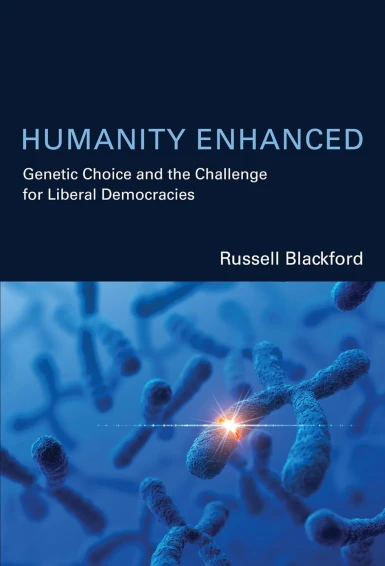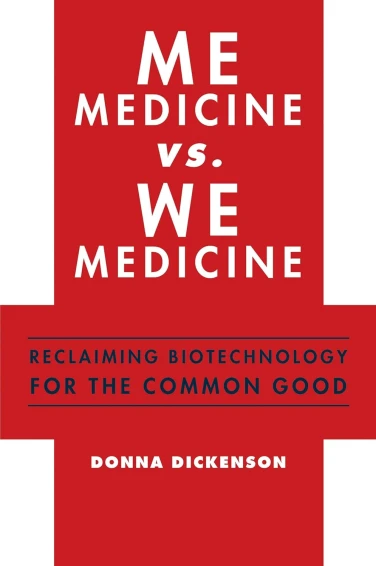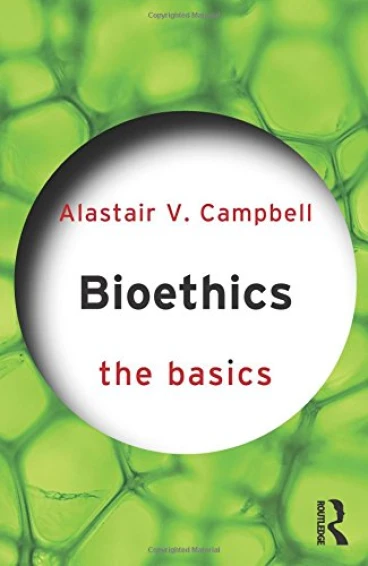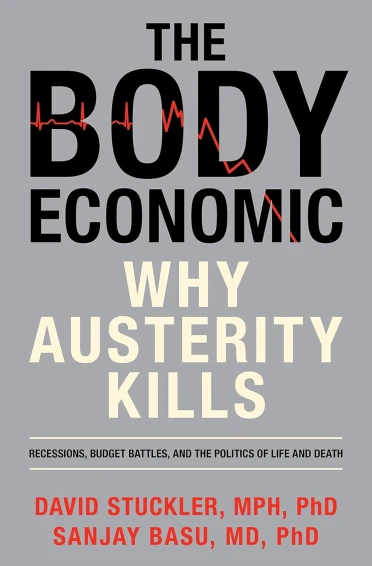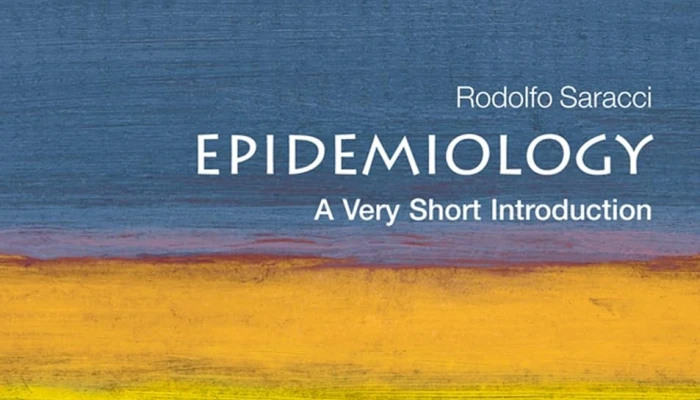
By Rodolfo Saracci
Oxford University Press: Oxford, 2010
ISBN 978-0-19-954333-5
RRP: £7.99
160 pages, paperback
The back of the book defines this series as “stimulating ways in to new subjects”. A catchy marketing slogan or an authentic description? On the basis of this book, it certainly has proven to be an engaging read which in turn has awakened further interest in a subject I thought was rather lacklustre and austere.
Epidemiology: A Very Short Introduction is part of the ‘Very Short Introduction’ series from Oxford University Press which since 1995 has won high praise and acclaim for combining quality scholarship in an easily accessible format. Epidemiology does not prove to be the exception but instead continues to further the long standing reputation of the series. The author, Rodolfo Saracci, has been the Director of the European Educational Programme in Epidemiology and visiting professor in the Universities of Aarhus and Montreal. As well as this he has also authored and contributed a number of OUP publications in this field. Albert Einstein once said, “You don’t really understand something unless you say it in a really simple way”. Saracci clearly demonstrates that he possesses great understanding of this area. He provides a concise and easy to understand introduction to a fascinating topic which is often not focused upon but remains invaluable to scientific and social discussion of population health. As the book sets out, epidemiology stems from the word ‘epidemic’, derived from the Greek epi- (on) and demos (population). Thus epidemiology is the study of health and disease in population.
Structure
The book consists of 10 chapters which are easy to read but cover a great deal of practical detail regarding this fascinating subject. There is good and appropriate use of diagrams and images throughout the book which support the text and enhance the learning experience in just the right way. Given the introductory nature of the book, it is not surprising that Saracci starts by explaining what epidemiology is and setting this explanation in its historical context. From here, he moves onto take a strongly methodological perspective by addressing practical issues such as measuring health and disease, testing how to control a disease and mapping health and disease. Discussion of statistics and statistical analysis is clear and lucid explanations are given as to how to correctly understand and read such statistics; a fact that is sometimes not the case regarding population health and a point that the author implicitly implies throughout the text.
Story verses science
One of the key messages the reader receives from the book is that there can be a great deal of difference between the ‘story’ that is presented to the public about a certain drug or disease and the actual scientific evidence. Whilst the ‘spin factor’ and media hype may well play its part in this, nevertheless the author cogently argues that it can also boil down to the robustness of the epidemiological methods applied in the particular study. In this regard, the author’s guidelines of eight key questions to interpret exposure-disease associations are particularly helpful. Breaking certain aspects into step-by-step guides is a useful approach to take and is adopted by the author in several of the chapters. This contributes to the lucid and simple manner in which the information is presented, which in turn aids the reader’s learning and memory recall of the key points presented. There is also good use of contemporary situations to exemplify the various points made and forms of analysis discussed. These include the recent SARS outbreak, H1N1 (swine flu) and tobacco smoking.
Nevertheless, the book is certainly only an introductory text and anyone wishing to explore this subject in any greater detail would need to engage in further reading. However this is no surprise given the nature of the OUP series to which the book belongs. The author does provide a helpful and annotated bibliography at the end of the book which acts as an excellent starting point for engaging in further reading.
Given the focus on methodology and general introductory approach, Epidemiology is well recommended to those who have a general interest in health related issues but also those who serve on local ethics committees and may well be faced with various data which needs to be carefully studied and assimilated as part of a clinical trial process. Indeed chapters 9 and 10 serve as an excellent succinct but informative overview to the mechanics of devising, establishing and running a clinical trial. This would prove an excellent ‘one-stop call’ for an ethics committee member, medical journalist or healthcare professional who needs to get to grips with the essentials in a short space of time.
The intersection of epidemiology with ethics and politics
Of particular interest to those involved in bioethics and public policy work is the last chapter which addresses the intersection of epidemiology with ethics and politics. I found this chapter particularly enjoyable and fascinating in light of its focus on global policy interventions in the arena of population health, as seen in the example of the United Nations Millennium Development Goals. Saracci’s discourse comes full circle in many respects by returning to the definition of epidemiology and addressing the ethical and political issues related to obtaining and using information concerning patients. He posits that if this field of study is truly the study of disease on populations, then a key question arises as to whether the population is to be treated like guinea pigs upon which the latest theory can be tested (rather like a laboratory mouse or hamster) or whether the fruit of epidemiological research can actually be translated into effective interventions. In this regard, the author issues a direct challenge to the academic world not to simply leave their results at the door of public policy makers because they do not think it their responsibility to see the results translated to interventions. Saracci refers to and applies Immanuel Kant’s ethical principle to this case, arguing that the population should not become a means to an end and that the role of epidemiologists should be to help facilitate the results of epidemiological research so that it can lead to demonstrable and effective interventions which benefit the population and thereby reduce social injustices. Active involvement could be realised through assisting in full participation in the decision making process as well as advocacy initiatives.
With reference to justice and freedom, Saracci identifies health as probably the key driver to individual freedom. Personal freedom is severely restricted if health is not strong. Therefore, minimising health inequalities within and between countries should help frame the focus of epidemiology and in Saracci’s opinion acts as the acid test for any epidemiological work supposedly proposed to bring added value to health.
Conclusion
In conclusion, Epidemiology: A Very Short Introduction is a welcomed addition to the VSI series, offering much in terms of an introduction to this interesting and often misunderstood area of study. It serves as an excellent introductory text for the general reader as well as those involved in this field professionally. I could see it easily becoming a faithful pocket companion to anyone serving on a medical ethics committee.
Aside from a good grounding in the subject, the reader will enjoy engaging with the breadth of scientific, social, ethical and philosophical questions which arise from studies in this area. Consequently you will either feel suitably briefed on this topic to satisfy a general interest or have your interest piqued sufficient enough that it motivates you to engage in further reading and research within this field. Put simply, it represents another successful introduction!




